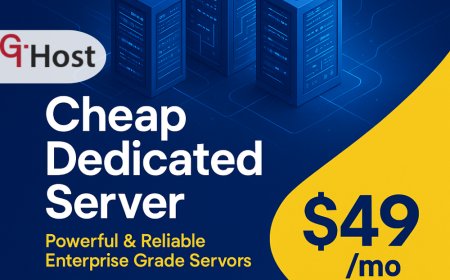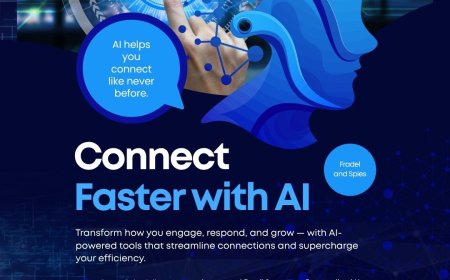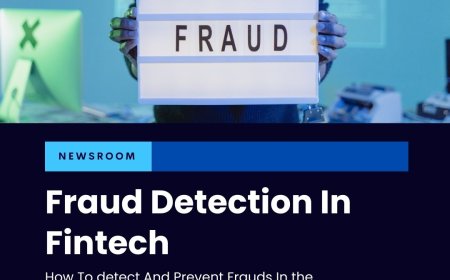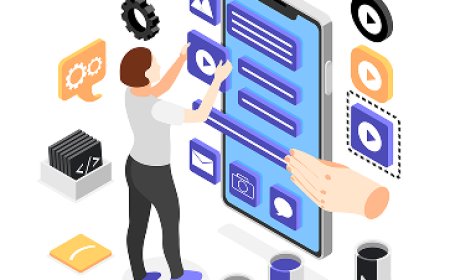Why Institutional Investors Are Turning to Real World Asset Tokenization in 2025
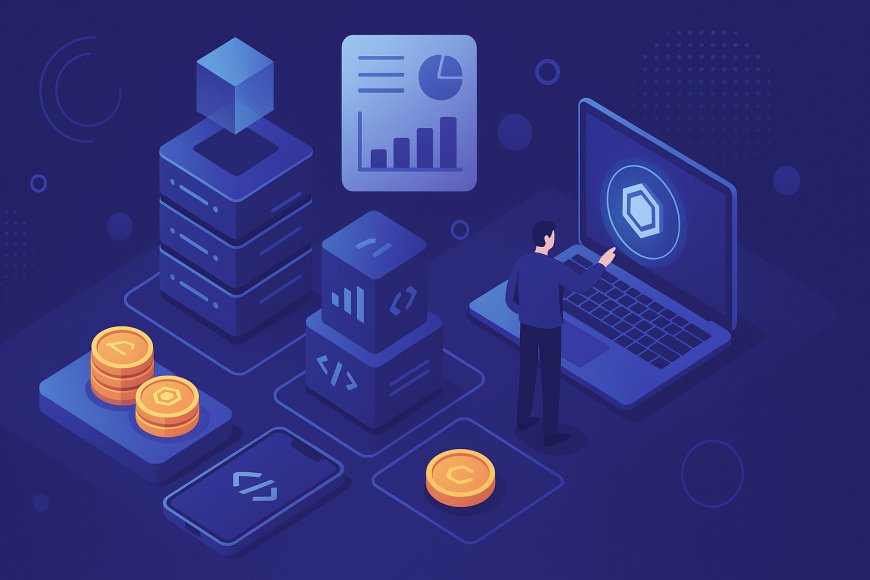
In 2025, a quiet revolution is underway in institutional finance. Institutional investorsonce deeply rooted in traditional asset managementare rapidly adopting real world asset (RWA) tokenization as a strategic move to modernize portfolios, increase liquidity, and access global markets. This shift is not speculative. It is data-driven, compliance-focused, and aligned with the next phase of digital financial infrastructure. As regulatory clarity improves and blockchain solutions mature, real world asset tokenization is emerging as the bridge between TradFi and DeFioffering the best of both worlds.
This blog explores the key reasons why institutional investors are increasingly turning to RWA tokenization in 2025, highlighting the benefits, industry-specific use cases, and long-term potential.
What Is Real World Asset Tokenization?
Real world asset tokenization is the process of converting physical or traditionally illiquid assetslike real estate, commodities, private equity, bonds, or fine artinto digital tokens on a blockchain. These tokens represent ownership or a share in the underlying asset and can be traded, divided, or programmed through smart contracts.
For institutional investors, this means unlocking new efficiencies in asset management, reducing settlement delays, and accessing a more global, 24/7 marketplace.
Why 2025 Is the Tipping Point for Institutional Adoption
Several forces are converging in 2025 that make now the ideal time for institutions to adopt tokenized RWAs:
-
Regulatory clarity is improving in major jurisdictions like the U.S., EU, and Singapore.
-
Blockchain infrastructure is more secure, scalable, and interoperable.
-
Tokenized market volumes have surpassed $10 billion and are projected to grow exponentially.
-
Major financial institutions, including BlackRock, JPMorgan, and Goldman Sachs, have launched or invested in tokenization platforms.
Lets dive deeper into the top reasons behind this accelerating institutional shift.
1. Enhanced Liquidity for Traditionally Illiquid Assets
Institutional portfolios often contain a significant portion of illiquid investmentssuch as real estate, private equity, or infrastructurewhich can tie up capital for years.
Tokenization fractionalizes these assets, allowing investors to buy, sell, or trade portions of ownership without waiting for full asset sales. This unlocks capital efficiency, enables portfolio rebalancing, and attracts secondary market participants.
For example, a commercial property valued at $100 million can be tokenized into 100,000 tokens, each worth $1,000. Investors can now trade portions of ownership in real time, improving liquidity without changing the fundamental value proposition.
2. Streamlined Settlement and Clearing Processes
Traditional settlement of financial instruments can take T+2 or more, depending on the asset class and geography. Tokenized assets operate on blockchain networks with near-instant settlement through smart contracts. This reduces counterparty risk, enhances transparency, and eliminates redundant intermediaries like clearinghouses or custodians.
For institutional investors who manage high-frequency transactions or cross-border portfolios, this capability significantly reduces costs and improves operational speed.
3. Access to Global Capital Markets
With tokenized RWAs, geographical boundaries become irrelevant. Investors in Singapore can seamlessly invest in tokenized commercial real estate in New York, while European funds can gain exposure to African infrastructure projects.
Tokenization opens up global capital flows, creating a truly borderless investment ecosystem. This is especially valuable for institutional investors seeking geographic diversification without the friction of complex local regulatory systems or legacy banking processes.
4. Increased Transparency and Compliance Through On-Chain Data
Institutional investors are under increasing pressure to ensure transparency, traceability, and compliance with ESG mandates, financial reporting, and risk controls. Blockchain provides immutable on-chain records for all transactions, ownership history, and asset performance.
This offers real-time auditability, reduces the burden of manual reporting, and enhances investor confidence. Additionally, programmable compliance tools allow enforcement of KYC/AML rules at the protocol level, giving institutions a trustworthy, rules-based environment for transacting tokenized RWAs.
5. Cost Reduction Through Disintermediation
Tokenization reduces reliance on intermediaries such as brokers, custodians, and transfer agentslowering administrative and transaction costs. For large-scale institutional investors, even marginal cost reductions translate into significant bottom-line impact.
By automating processes like dividend payments, voting rights, or interest accrual via smart contracts, institutions gain efficiency at scalewithout sacrificing governance or control.
6. Customizable Investment Products
Tokenized assets allow the creation of tailored investment products such as income-generating tokenized bonds, ESG-compliant portfolios, or real estate investment tranches designed for specific risk profiles.
Institutional asset managers can design structured products with precise rules embedded in smart contracts, catering to investor mandates, regulatory limits, or market timing. This level of customization was nearly impossible using traditional systems.
7. Portfolio Diversification With New Asset Classes
Tokenization is expanding access to non-traditional investment classes, including:
-
Tokenized carbon credits
-
Luxury collectibles and artwork
-
Music royalties and intellectual property
-
Renewable energy assets
Institutional investors are leveraging these opportunities to diversify beyond the traditional 60/40 portfolio model, improving resilience and return potential.
8. Alignment With ESG and Sustainability Goals
Many tokenized projects are aligned with Environmental, Social, and Governance (ESG) goals. Examples include renewable energy infrastructure, sustainable agriculture, or carbon credit marketsall of which can be tokenized and tracked transparently.
Blockchain-based systems ensure traceability, preventing greenwashing and enabling ESG scoring and proof that institutional stakeholders increasingly demand.
9. Backing from Established Financial Institutions
Institutional adoption is no longer speculative. In 2025, major banks, hedge funds, and asset managers are either developing in-house tokenization platforms or collaborating with blockchain-native firms.
Examples include:
-
BlackRock's tokenized fund platform
-
JPMorgans Onyx blockchain for tokenized intraday repo
-
Franklin Templetons on-chain mutual funds
These moves reduce institutional hesitancy and validate the tokenization market for other players.
10. Regulatory Frameworks Supporting Adoption
In 2025, jurisdictions like the European Union (under MiCA), Hong Kong, Singapore, and even the U.S. (under SEC pilot programs) have built legal frameworks to support tokenized securities and RWAs.
This regulatory clarity is critical for institutions managing billions in client assets. With guardrails in place, institutions are free to innovate within a compliant frameworkaccelerating adoption at scale.
Real World Use Cases Across Industries
Real Estate
REITs, commercial spaces, and hospitality assets are being tokenized for global investor access, creating fractional ownership markets.
Private Debt & Credit
Private credit funds are turning to tokenization for faster issuance, lower default risks through automation, and more liquid investor options.
Commodities & Energy
Oil, gas, and renewables are seeing increasing tokenization, enabling institutional investors to hold real-time, tradable claims on energy reserves or production output.
Infrastructure
Tokenized infrastructure bonds or toll revenue rights offer long-duration, yield-generating assets for pension funds and sovereign wealth investors.
Key Takeaways
Real world asset tokenization is no longer a fringe concept. In 2025, its a core part of how institutional investors are modernizing operations, accessing new markets, and increasing capital efficiency.
The convergence of regulation, blockchain maturity, and institutional-grade platforms is making tokenized RWAs the next frontier in finance.
As more institutions enter the space, we can expect:
-
Greater market liquidity
-
Development of RWA marketplaces
-
Institutional DeFi integrations
-
Innovative asset-backed products
-
Enhanced global financial inclusion
Conclusion
The move by institutional investors toward real world asset tokenization in 2025 is not driven by hypeits driven by measurable advantages. From improved liquidity to cost efficiency, compliance readiness to global reach, tokenized RWAs offer institutions a scalable, secure, and future-ready path.
As this trend accelerates, were likely to witness a full-stack transformation of capital marketswhere traditional and digital finance dont compete, but converge.
Now is the time for asset managers, fund administrators, and financial institutions to explore, invest, and innovate with tokenized assetsor risk falling behind in the next era of finance.
